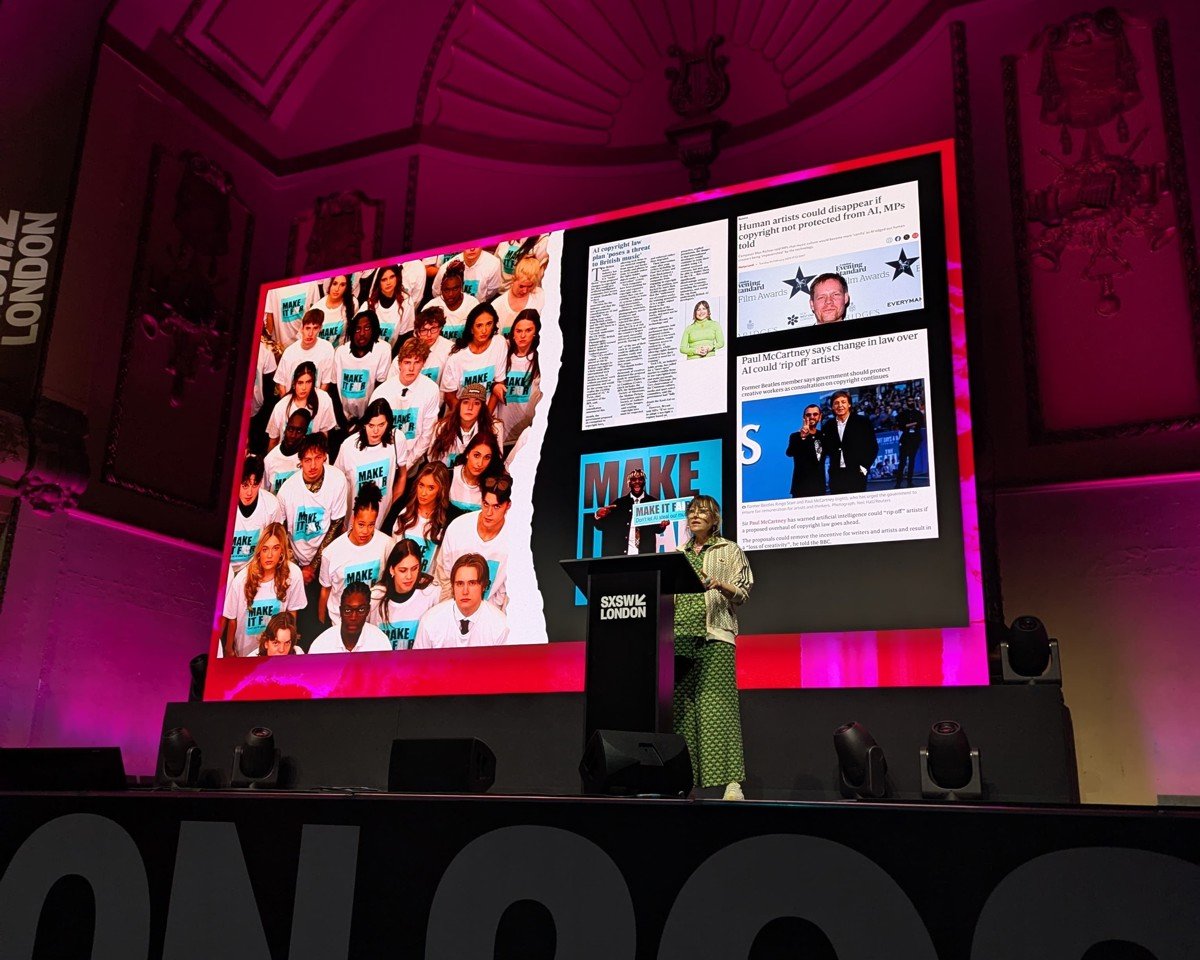Brian Wilson wasn’t just a genius. He was a disruptor, a quiet revolutionary who remade pop music from the inside out. His passing at 82 closes a chapter on one of the most profound cultural legacies of the 20th century, and his fingerprints are still all over the sound of today.
Before Brian Wilson, pop was catchy. After Brian Wilson, pop was cathedral. He took the California dream - surfing, convertibles, golden-hour innocence - and turned it into a widescreen, Technicolor sound that reshaped how America saw itself. He didn’t just soundtrack the sixties. He mythologised it, then deconstructed it. And when the illusion cracked, he gave us music that looked straight into the void and still somehow offered grace.
Wilson’s Beach Boys weren’t just hitmakers. They were cultural architects. "Pet Sounds" didn’t just inspire Sgt. Pepper. It provoked it. The Beatles weren’t competing with anyone except Brian. Paul McCartney has called “God Only Knows” the greatest song ever written. That’s not a compliment. That’s acknowledgment of Wilson as a generational force, someone whose instincts changed the very vocabulary of pop.
He bent the studio to his will long before that was even a concept. Long before hip-hop producers were layering samples or indie bands were chasing lo-fi transcendence, Brian was wiring harpsichords, dogs barking, and bicycle bells into heartbreak anthems. He built songs like film scores. “Good Vibrations” wasn’t a single. It was a six-month sonic experiment that accidentally became a number one hit. He made emotion into architecture.
And his influence wasn’t just musical. It was spiritual. Wilson cracked open the pop star archetype. He was a frontman who didn’t tour, a genius who couldn’t always function, a legend who often didn’t want the spotlight. He showed the cost of genius and the beauty in vulnerability. He was decades ahead of the conversation on mental health and the toll of fame. In a world now obsessed with authenticity, Wilson was the original unfiltered soul.
You can hear his echo everywhere. In the rich melancholy of Frank Ocean. In the layered optimism of Vampire Weekend. In the cinematic reach of Tame Impala. Every artist trying to push pop past its limits owes something to Wilson’s experiments, whether they know it or not.
His life was complicated. His journey was brutal. But he came through it all still chasing beauty. Still trying to tune into something divine. That’s what made him matter. Not just the hits. Not just the accolades. But the risk. The fact that he never stopped searching for something pure in a world that wasn’t.
Brian Wilson didn’t just change music. He changed what music could mean. And for that, he’ll always be more than a Beach Boy. He’ll be a blueprint.
God only knows what we’d be without him. But thankfully, we’ll never have to find out.



